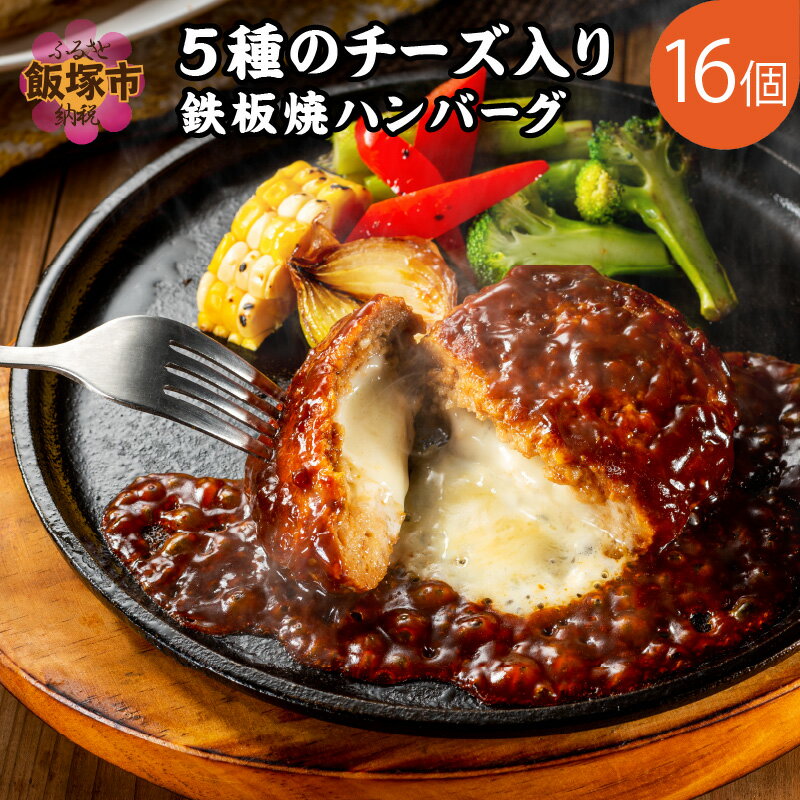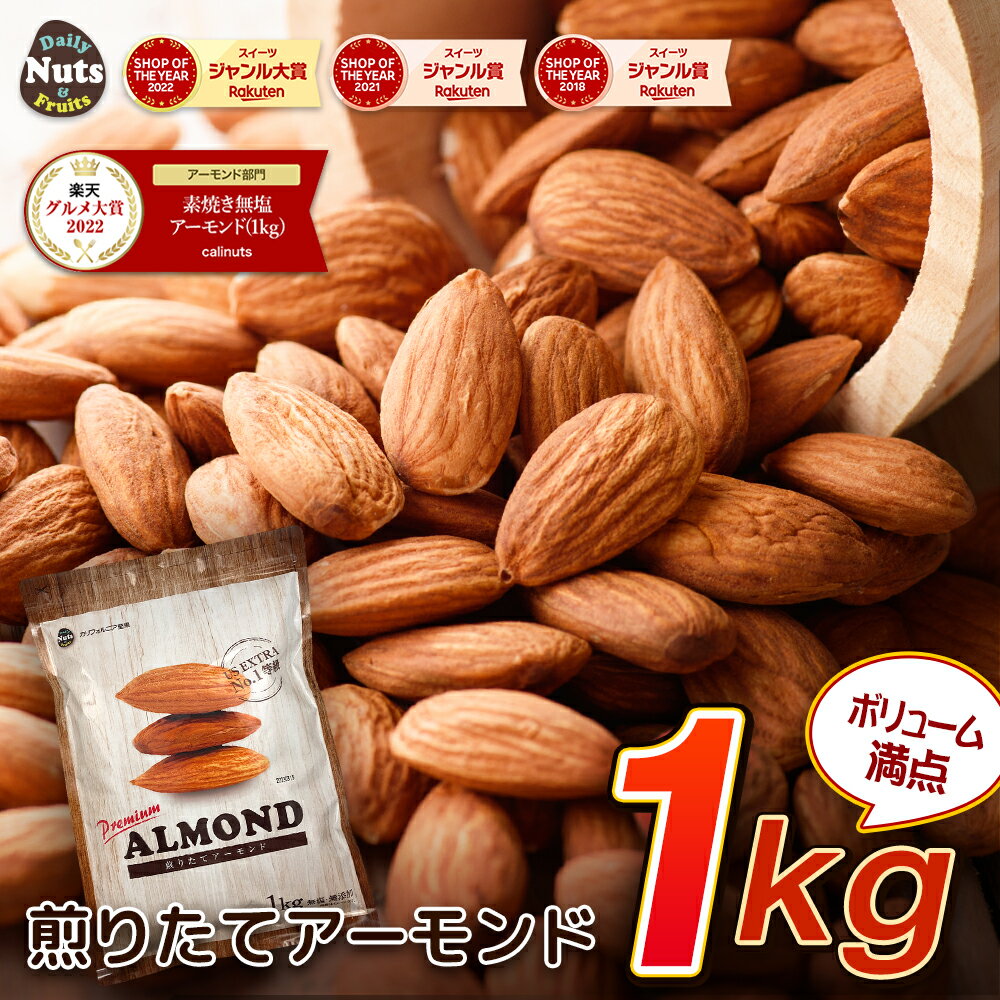論文No3713
Bacterial colonisation of the airway in neonates and risk of asthma and allergy until age 18 years
Rikke Bjersand Sunde, Jonathan Thorsen, Min Kim, Ann-Marie Malby Schoos, Jakob Stokholm, Klaus Bønnelykke, Hans Bisgaard, Bo Chawes
European Respiratory Journal 63 (1) 2300471; DOI: 10.1183/13993003.00471-2023 Published 18 January 2024
<背景>
我々は以前、新生児期の細菌性気道コロニー形成と、5歳まで持続する喘鳴・喘息のリスク上昇との関連を示した。
ここでは、18歳までの持続性喘鳴・喘息およびアレルギー関連形質との関連を検討する。
<方法>
一般化推定方程式を用いて、COPSAC2000母子コホートの生後1ヵ月の新生児における
肺炎球菌、モラクセラ・カタラリス(Moraxella catarrhalis)および/または
インフルエンザ菌(Haemophilus influenzae)による気道コロニー形成と、
持続性喘鳴/喘息およびアレルギー関連形質の発現との関連を18歳まで縦断的に調査した。
同様にデザインされたCOPSAC2010の700人の小児コホートで再現を試みた。
<結果>
新生児気道コロニー形成は319人中66人(21%)に認められ、
7歳までは持続性喘鳴・喘息のリスクが4倍(調整後OR 4.01(95%CI 1.76-9.12)、p<0.001)に上昇したが、
7歳から18歳までは上昇しなかった。
COPSAC2010のコホートでも、16Sデータを用いて同様の結果が示された。
コロニー形成は、7歳までは増悪回数の増加(調整罹患率比3.20(95%CI 1.38-7.44);p<0.01)と関連していたが、
7歳から18歳までは関連していなかった。
コロニー形成は、12歳まで血中好酸球(調整幾何平均比1.24(95%CI 1.06-1.44)、p<0.01)および
腫瘍壊死因子(TNF)-α(調整幾何平均比1.09(95%CI 1.02-1.16)、p=0.01)の増加と関連していた。
18歳までの肺機能、気管支反応性、呼気一酸化窒素分画、アレルギー感作、総IgE、
アトピー性皮膚炎との関連は認められなかった。
<結論>
新生児期の気道コロニー形成は、早期発症の持続性喘鳴/喘息、増悪、血中好酸球の上昇、血中TNF-αの上昇と関連していた。
Background We previously showed an association between neonatal bacterial airway colonisation and increased risk of persistent wheeze/asthma until age 5 years. Here, we study the association with persistent wheeze/asthma and allergy-related traits until age 18 years.
Methods We investigated the association between airway colonisation with Streptococcus pneumoniae, Moraxella catarrhalis and/or Haemophilus influenzae in 1-month-old neonates from the COPSAC2000 mother–child cohort and the development of persistent wheeze/asthma and allergy-related traits longitudinally until age 18 years using generalised estimating equations. Replication was sought in the similarly designed COPSAC2010 cohort of 700 children.
Results Neonatal airway colonisation was present in 66 (21%) out of 319 children and was associated with a 4-fold increased risk of persistent wheeze/asthma (adjusted OR 4.01 (95% CI 1.76–9.12); p<0.001) until age 7 years, but not from age 7 to 18 years. Replication in the COPSAC2010 cohort showed similar results using 16S data. Colonisation was associated with an increased number of exacerbations (adjusted incidence rate ratio 3.20 (95% CI 1.38–7.44); p<0.01) until age 7 years, but not from age 7 to 18 years. Colonisation was associated with increased levels of blood eosinophils (adjusted geometric mean ratio 1.24 (95% CI 1.06–1.44); p<0.01) and tumour necrosis factor (TNF)-α (adjusted geometric mean ratio 1.09 (95% CI 1.02–1.16); p=0.01) until age 12 years. There were no associations with lung function, bronchial reactivity, fractional exhaled nitric oxide, allergic sensitisation, total IgE or atopic dermatitis up to age 18 years.
Conclusions Neonatal airway colonisation was associated with early-onset persistent wheeze/asthma, exacerbations, elevated blood eosinophils and elevated TNF-α in blood, most prominent in early childhood, thereafter diminishing and no longer evident by age 18 years.


